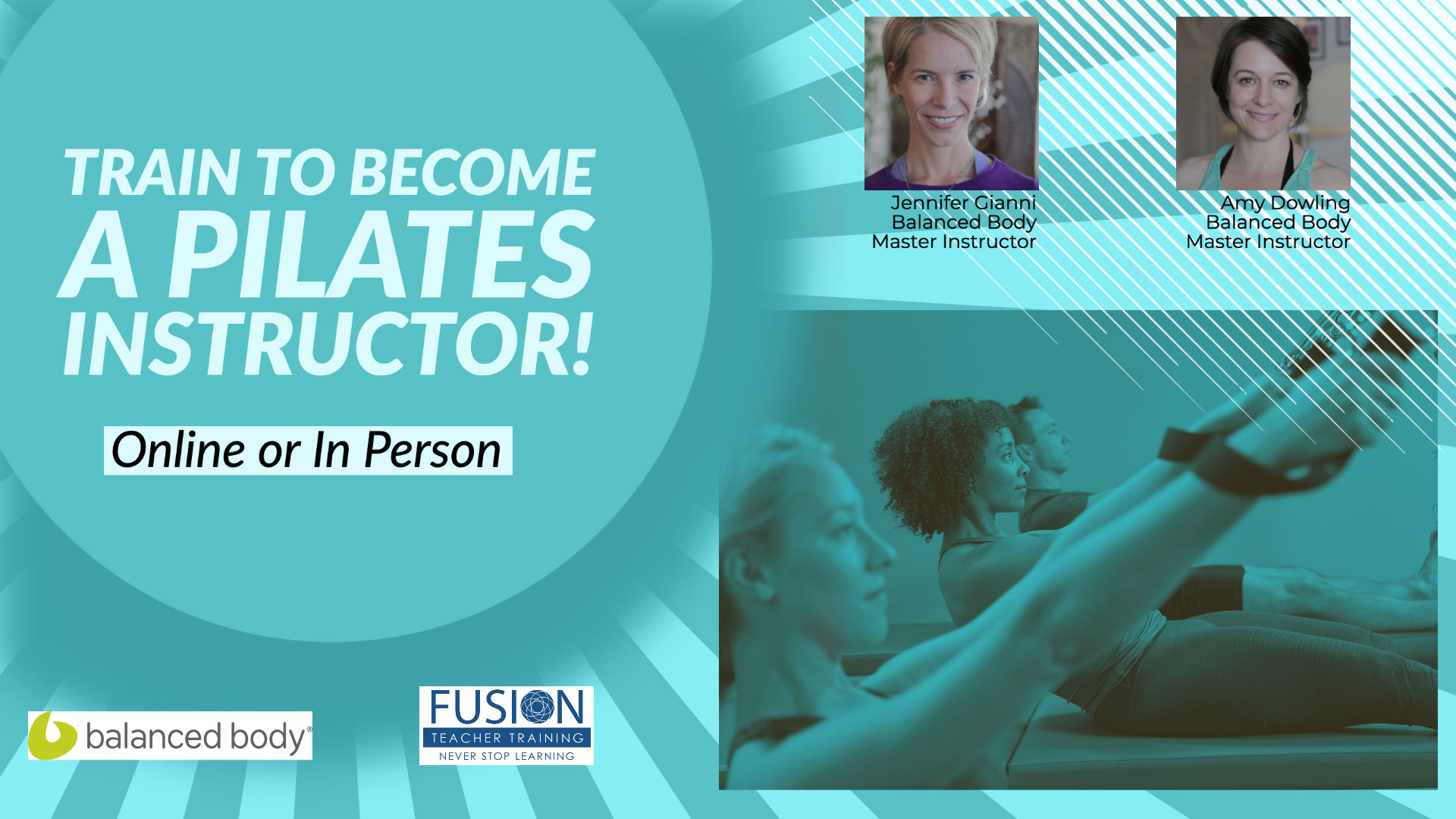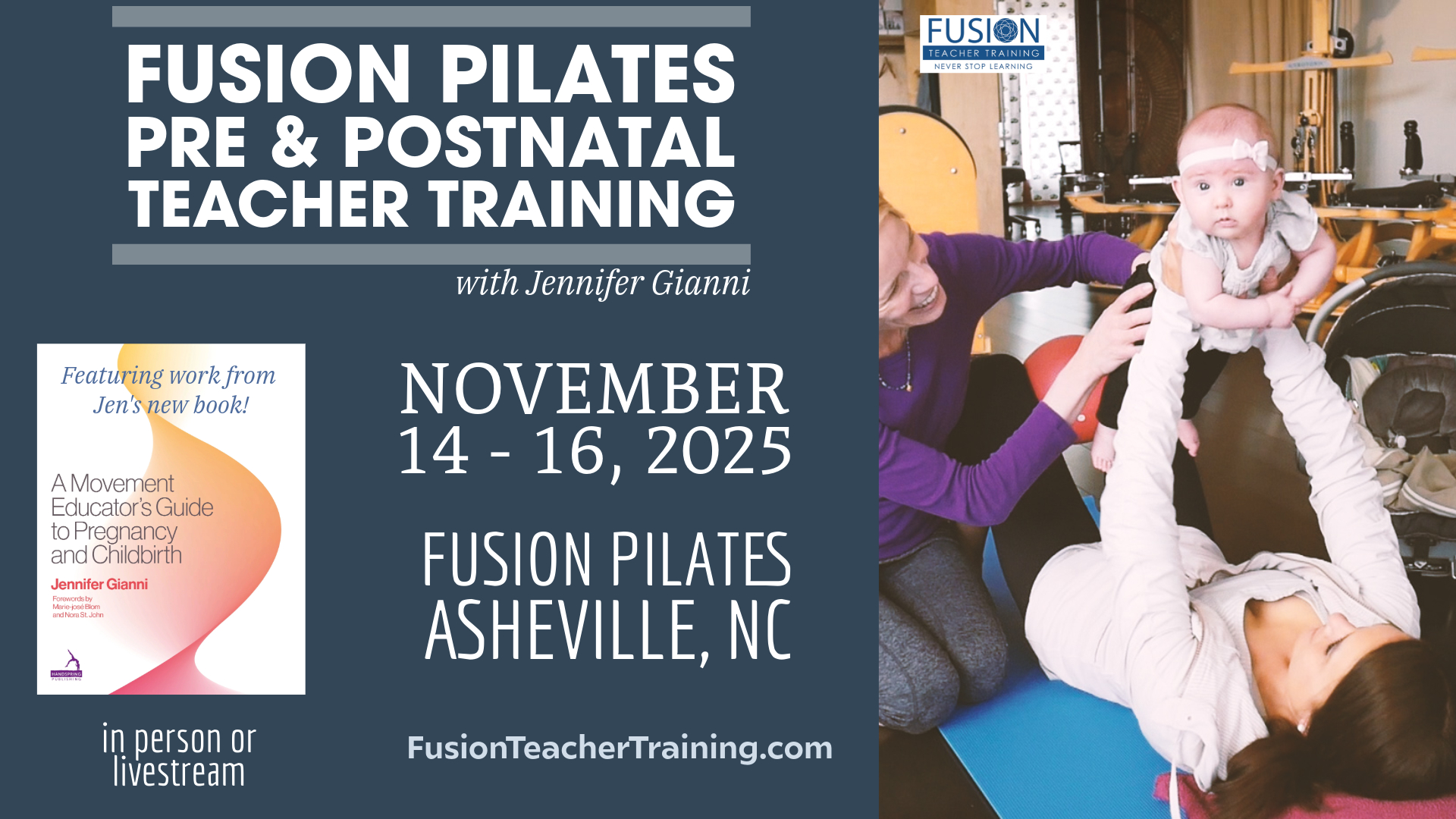
“Core work” has become a worldwide workout tagline. And although most people know they need it, few really know what “it” is, or how to achieve it. This quick and easy explanation of how the transverse abdominals work, along with very direct hands-on cueing, starts to unveil what it truly feels like to be connected in your core. Through use of the breath, excellent alignment, and touch cues from you, your clients will develop true strength in their midline as well as optimal alignment and agility.
We hope you found this helpful! Let us know your thoughts below.




Leave A Reply (6 comments So Far)
Please - comments only. All Pilates questions should be asked in the Forum. All support questions should be asked at Support.
You must be logged in to post a comment.
Nice video! I especially like the cueing of the adductors as conveyor belts. I will play with this method of guiding the client to connect with the TA. I love having lots of tools in my toolbox. Thank you!
Love the finger tip cueing and of course MJ – inny,outy,upy. Never saw the ball at the knees before but very nice way to take the inner abs up. Thanks again.
Hello again! After a little while of playing with the inny, outy, uppy concept, I have a question about the uppy. The inny and outty make sense to me. When the TA contracts, often I can see & feel that lower belly area of the body flatten out a little bit which (to me) constitutes the inny. And given the horizontal direction in which the muscle fibers of the TA lie, I can understand & feel the outy. But I am struggling with the uppy. I do not feel it and am unable to create it when contracting the TA especially when there should be no posterior tilting of the pelvis during the contraction. I cannot figure out why there would be an uppy sensation/cue. Is it due to a congruent activation of the rectus abdominus or internal obliques? What else would create the uppy sensation? Am I correct in interpreting uppy as sensation or line of energy moving in the superior direction(in anatomical terms)? Can you say more about what accounts for the uppy cue and/or sensation? Thank you for the clarification.
Hi there Emily! This is an excellent question!
The all important “uppie” sensation can be hard to track at first. This type of tensioning of the abdominal tissue is all about less is more. You are correct in the fact that the fingertip abdominal cue should not change the boney alignment of the pelvis or spine. The “uppie” sensation is mostly about the drawing of the femur heads via the psoas deeply into the pelvis, which aids in the axial elongation of the spine. This is the beauty of using the ball between the knees to help in this upward activation.
The fascia of the abdominal tissue is extremely dynamic, and has the ability to move in a variety of different ways. If you over cue your abdominal tensioning to the point of restriction then the “uppie” will be hard to trace. But if you cue this concept with softness, and attention to breath you will have much success. Using the imagery of drawing the pelvic floor up the body to chase the lungs on the exhale can also be a great help.
Although we listed this as an “abdominal” cueing technique, this exercise is about core activation as a whole. No activation in our body is done on its own. Via the network of fascia that runs through and around every inch of our bodies the firing of our seemingly “independent” core musculature is actually intimately tied to one another. So that is why when the fibers of the transverse abs run horizontally in the body can at the same time move superior in direction. This creates a beautiful amount of space in the body and a a great jumping off point for many exercises.
Thanks again for your question, and take care Emily!
Cheers,
Casey Marie
Casey, thank you for this great response! It all makes sense on paper. Now I am headed back to the “lab” for more exploration.
Love this blog. These short videos have a wealth of information that are great to continue reflecting on and practicing with clients. Thank you!